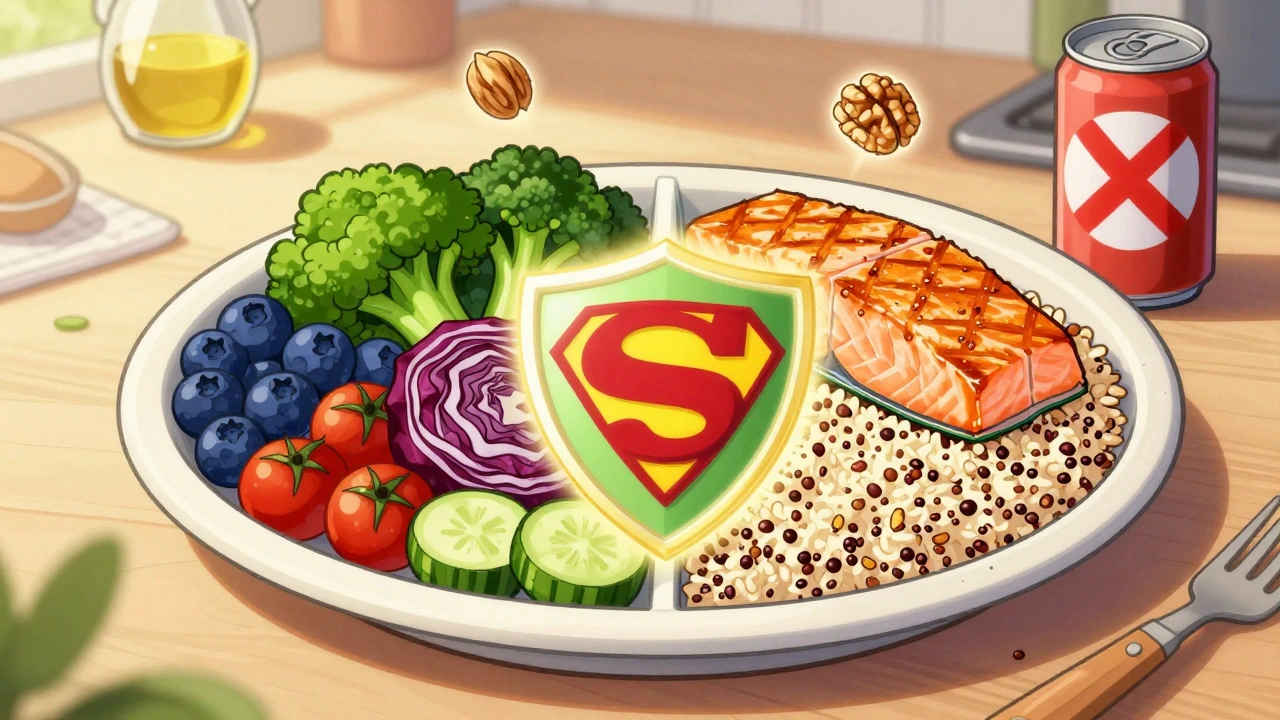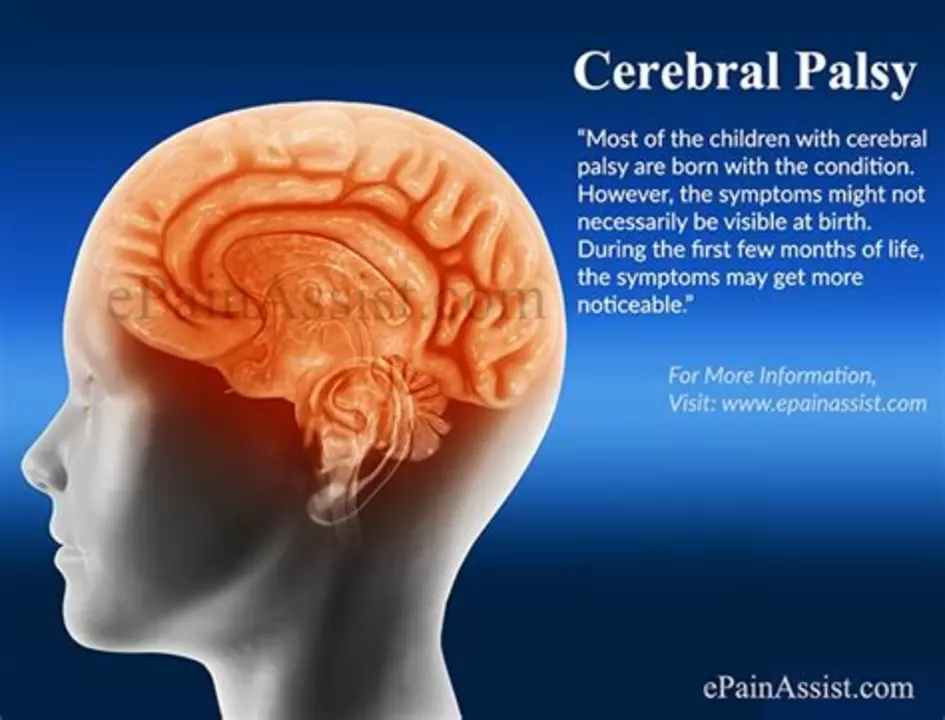Nutrition: Practical Tips to Feel Better Every Day
Good nutrition can change how you feel each day. Whether you're focused on weight, energy, or managing a condition like cerebral palsy, small food changes matter. Here are clear, usable tips you can try right away.
Eating for energy and strength
Start with a simple plate: half vegetables and fruits, one quarter lean protein, one quarter whole grains. That mix gives steady energy, supports muscles, and helps with recovery after activity. Choose beans, eggs, chicken, fish, tofu or dairy for protein. Pick whole grains like oats, brown rice or whole-wheat bread for longer-lasting fuel.
Don’t skip healthy fats—avocado, nuts, seeds and olive oil help brain health and keep you full. Aim for colorful vegetables every day to get vitamins and fiber. For bone health, include calcium-rich foods such as yogurt, milk, fortified plant milks, and leafy greens. If mobility or swallowing is a concern, softer options like mashed beans, yogurt, smoothies and pureed soups work well.
Simple meal planning and smart supplements
Plan meals for the week to avoid last-minute choices. Pick three go-to breakfasts (oatmeal with fruit, eggs and toast, yogurt with nuts), three lunches, and three dinners, then mix and match. Batch-cook grains and proteins once or twice a week to save time. When appetite is low, try smaller, nutrient-dense meals every 2–3 hours instead of three big ones.
Supplements can fill gaps but use them wisely. Vitamin D and calcium are common needs; iron and B12 matter if you have low energy or follow restricted diets. A daily multivitamin can be useful if meals are irregular. Talk to your doctor before starting anything, especially if you take other medicines.
Monitor weight, energy, and digestion. Keep a simple food log for a week to spot patterns: when you feel tired, what you ate, and any symptoms. If you see steady weight loss, recurring constipation, or poor growth in children, get help from a dietitian or clinician.
Practical swaps make a big difference: swap soda for sparkling water with lemon, choose whole fruit over juice, add a handful of nuts to snacks, and blend vegetables into sauces or smoothies. For people with cerebral palsy, tailoring texture and portion size can improve intake and comfort—work with a speech therapist or dietitian if swallowing is an issue.
Quick, nutrient-dense snacks include Greek yogurt with berries and a sprinkle of seeds; a banana with peanut butter; hummus with soft-cooked carrot sticks; cheese and whole-grain crackers; a smoothie with spinach, fruit, protein powder or Greek yogurt. For meals, try baked salmon with quinoa and steamed broccoli, lentil curry with brown rice and roasted vegetables, or omelet with spinach and mushrooms plus whole-grain toast. These options pack protein, fiber, and healthy fat into easy-to-eat forms and variety.
Start with one change this week. Try adding an extra vegetable at dinner, or switching white rice for brown. Track how you feel after two weeks—more energy, better digestion, or easier mobility are signs you're on the right track.

Liver-Healthy Diet: Proven Nutrition Strategies to Support Liver Function and Reverse Fat Buildup
A liver-healthy diet based on the Mediterranean pattern can reduce liver fat by up to 40% and reverse early damage from fatty liver disease. Learn what to eat, what to avoid, and how to make it sustainable.
View More
How to Manage High Cholesterol with the Mediterranean Diet (2025 Guide)
Lower LDL with a Mediterranean diet. Step-by-step plan, Aussie-friendly meals, shopping tips, cheat sheets, and evidence from PREDIMED and AHA guidelines.
View More
The role of nutrition in managing cerebral palsy symptoms
In my latest blog post, I discussed the vital role nutrition plays in managing cerebral palsy symptoms. A balanced diet can help improve muscle function, boost energy levels, and maintain a healthy weight for those living with this condition. Additionally, it's essential to monitor and manage specific nutrient deficiencies, such as calcium and vitamin D, to support bone health. It's crucial to remember that each individual's nutritional needs may vary, so it's always best to consult a healthcare professional for personalized advice. Overall, prioritizing proper nutrition can significantly enhance the quality of life for people with cerebral palsy.
View More




